PRANAYAMA
....MORE ABOUT PRANAYAMA
The word pranayama is a compound of two separate Sanskrit terms, prana and yama. The Atharvaveda, (one of the earliest Vedic texts on Indian medicine) states that prana is “the fundamental basis of whatever is, was, and will be.” Other texts often translate prana, as the “life force”, "expansion of the life force" or “vital energy”. The complementary term yama is often translated as “restraint” or “control”.
The Pranayama is typically defined as a set of practices designed to manage prana within the human body by various breathing techniques.
The Benefits of Pranayama
Prana is often referred to as the driving force of all the functions of the body. Various functions of the body such as swallowing, digestion, and physical movement are all reliant on the efficient functioning of the prana within the body.
According to Indian medicine, the roots of all disease and mental imbalance can be traced to abnormalities and deficiencies in the body’s energy flow. Pranayama practices serve as a particularly powerful tool to heal illness and correct mental imbalances since the control of breathing is the most direct method to affect life force.
Strong lungs
Relieve stress
Improves concentration
Detoxify body
Clear sinuses
Better sleep
Boost immunity
Cardiovascular health
Better digestion
Glows skin
Weight loss
Brain disorders
Increases gray matter
Well oriented mind
Spiritual benefits
Where Should I Begin?
Pranayama practices are best learned under the guidance of a qualified instructor. Though not commonly known, many Tibetan Buddhist monks and nuns practice traditional Hatha Yoga pranayama exercises that can be traced to the 9th century CE.

